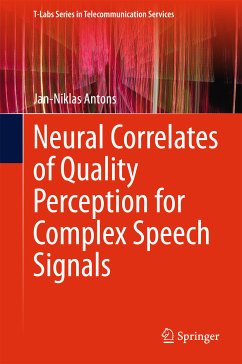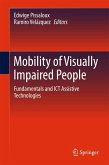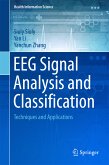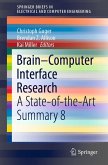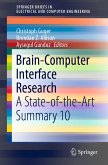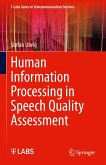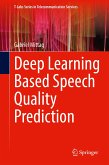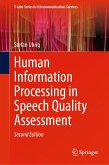Using this combination, the book shows that speech stimuli with different lengths and different quality impairments are accompanied by physiological reactions related to quality variations, e.g., a positive peak in an event-related potential. Furthermore, it demonstrates that - in most cases - quality impairment intensity has an impact on the intensity of physiological reactions.
Dieser Download kann aus rechtlichen Gründen nur mit Rechnungsadresse in A, B, BG, CY, CZ, D, DK, EW, E, FIN, F, GR, HR, H, IRL, I, LT, L, LR, M, NL, PL, P, R, S, SLO, SK ausgeliefert werden.

